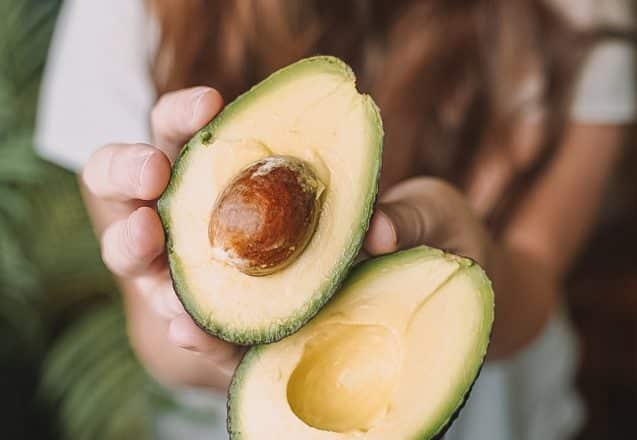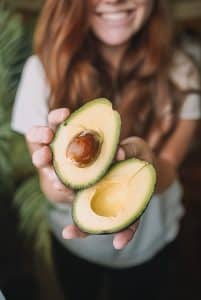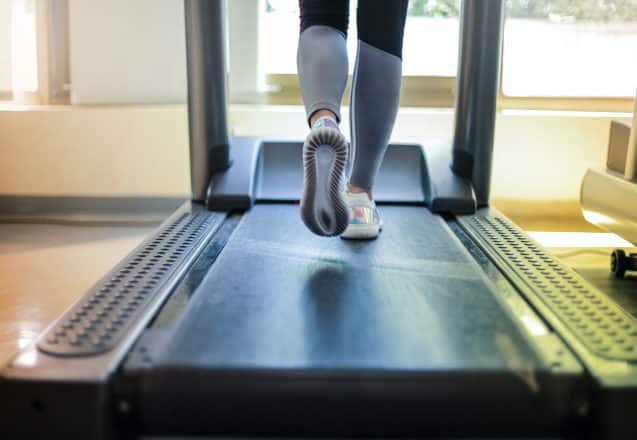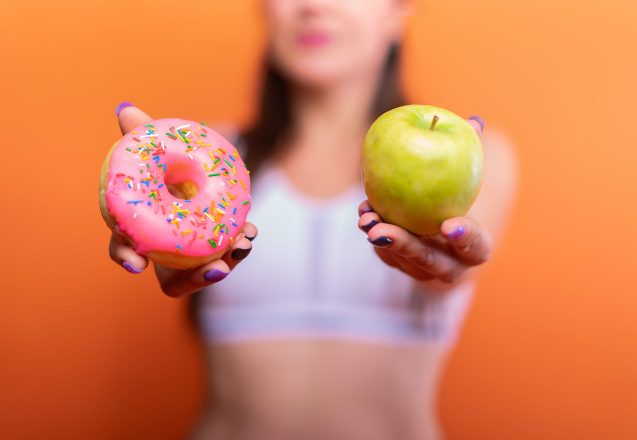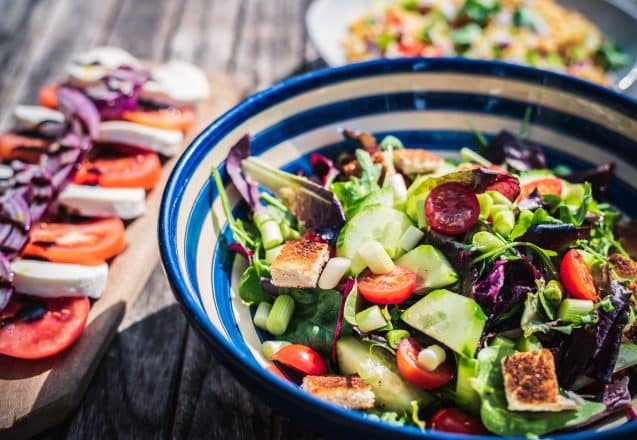Why Breakfast Is So Important
 Historically, starting the day with a healthy breakfast has always been important. It helps control hunger and breaks the fast after a good night’s sleep. Breakfast should be more than just cereal or a muffin. It should contain healthy carbs, fat, and protein. The protein and fat keep you feeling full longer. The carbs provide instant energy. The first meal of the day also boosts cognitive performance and focus, so it’s just as important today as it was in the past for children. Since we’ve changed from an agrarian culture, it’s not as vital for most adults today.
Historically, starting the day with a healthy breakfast has always been important. It helps control hunger and breaks the fast after a good night’s sleep. Breakfast should be more than just cereal or a muffin. It should contain healthy carbs, fat, and protein. The protein and fat keep you feeling full longer. The carbs provide instant energy. The first meal of the day also boosts cognitive performance and focus, so it’s just as important today as it was in the past for children. Since we’ve changed from an agrarian culture, it’s not as vital for most adults today.
Everyone is different, and breakfast affects them differently.
Adults can benefit from breakfast, especially if they workout in the morning. It can help boost physical performance. People with health conditions can also benefit. However, the type of breakfast should be different from the past if you’re not doing physical labor. A farmhouse breakfast is high in carbs and protein with some healthy fat. It keeps you full, but it may make you sluggish and add extra pounds if you aren’t active. Eating a lighter breakfast with protein, fat, and carbs, like Greek yogurt and fresh fruit, is more suitable.
Some people fare better when they skip breakfast and extend their nightly fast.
Intermittent fasting—IF, can be done in several ways. One way is to limit the hours when you eat. While there are all different types of plans, the most often used allows you to eat within an eight-hour window and fast for the other sixteen hours. For example, someone doing IF might eat their first meal at 11 a.m. and eat nothing after 7 p.m. If you start your meals at 11 a.m., the chances of eating breakfast are slim. For some people, IF is a blessing for weight loss. Studies show it can help people stay younger at a cellular level. For those people, breakfast isn’t vital.
Find what works best for you.
A healthy breakfast can boost your energy, putting you on the right path for an active day. It plays a role in your overall nutrition. Other studies show that IF can be the best option for weight loss and good health. One study showed that just delaying the first meal by 90 minutes and keeping the others at their normal time can help boost energy and weight loss. As with exercising, a personalized program works best.
- No matter whether you eat a big breakfast, a small one, or none at all, don’t choose donuts and coffee or baked goods. Eat something healthy. If you’re trying IF but get too hungry, have a healthy snack available.
- Some studies show that people who eat a healthy breakfast have improved nutrition and lower bad cholesterol levels. Many studies show that while IF works, it may be due to limiting nighttime snacking.
- Since everyone is different, it explains why studies may have opposite conclusions. Some show that skipping breakfast burns more calories but may increase inflammation, which causes other health issues. Other studies show eating breakfast supercharges your calorie burning.
- The benefits of breakfast vary from individual to individual. It also varies day-to-day for each individual. If you have demanding physical labor, a healthy breakfast may be beneficial, but not for days that aren’t as demanding.
For more information, contact us today at Iron Fit San Antonio


